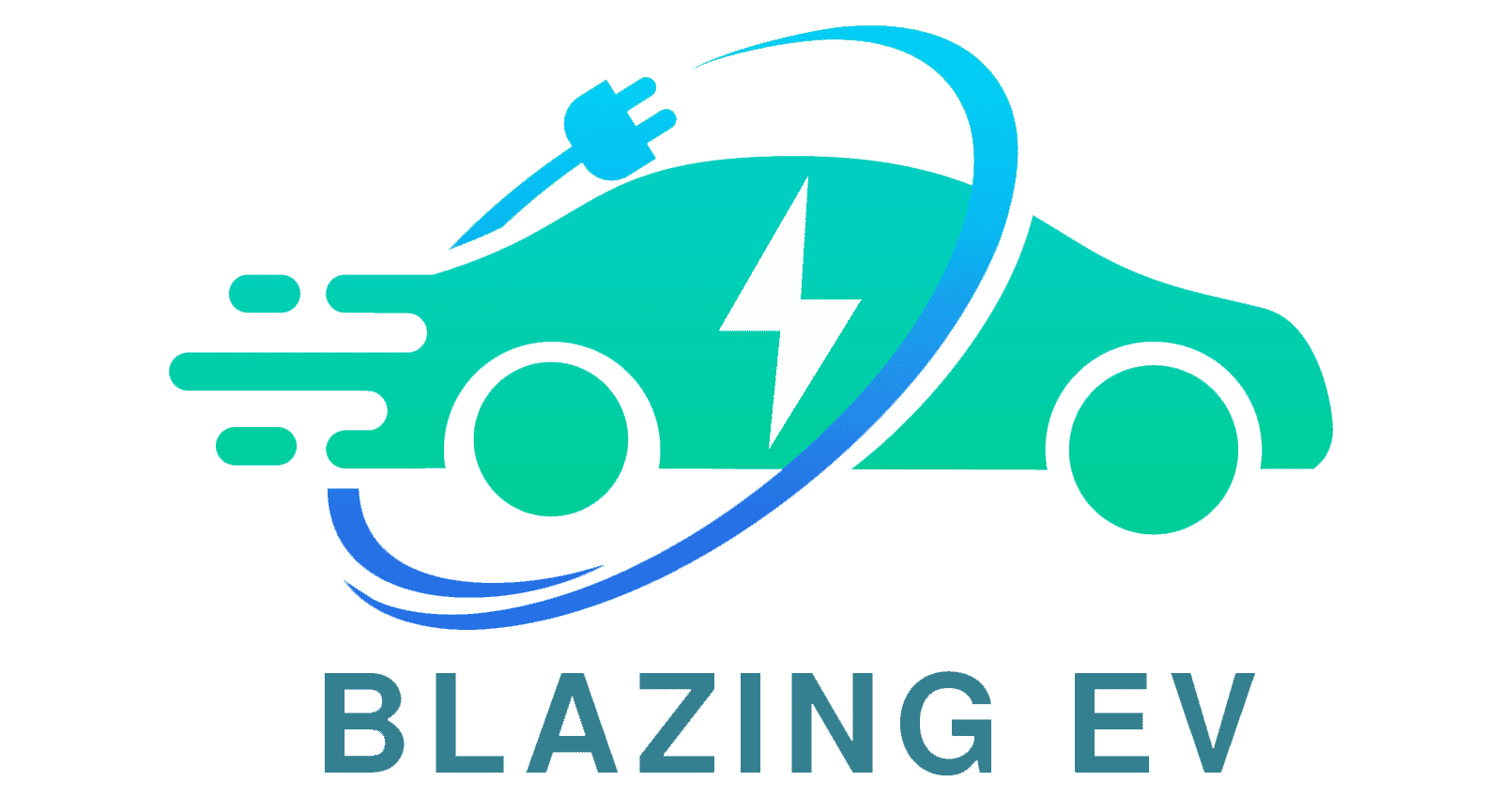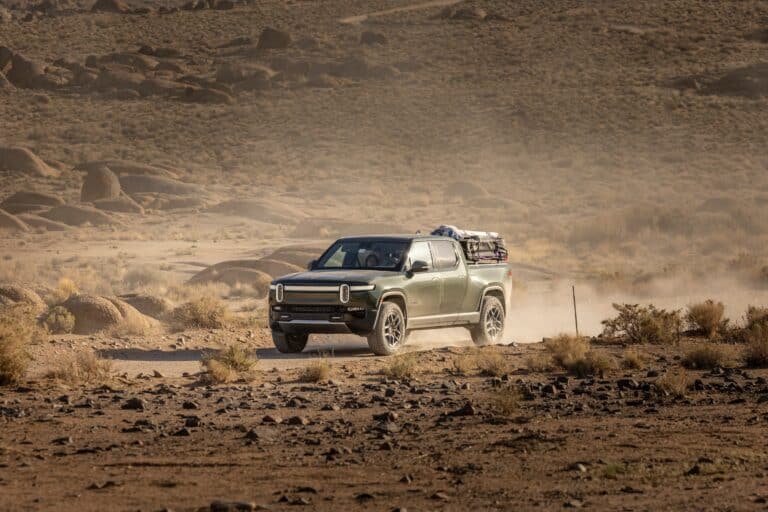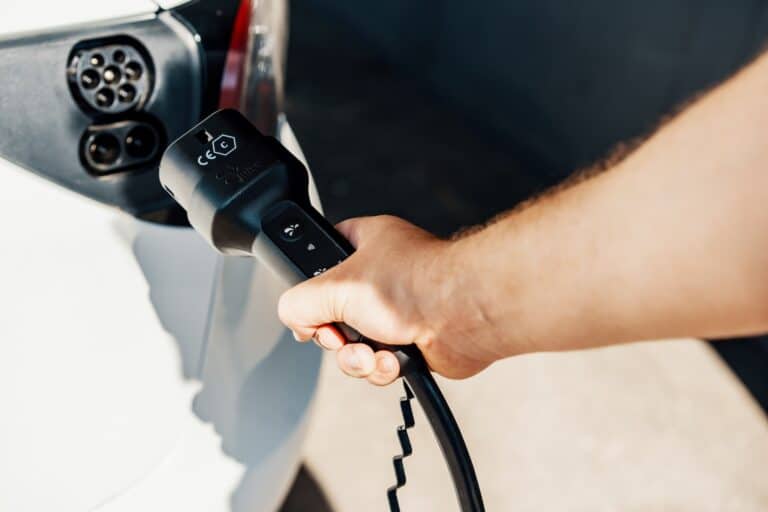Is there A Gas Vehicle Ban In The United States?

You may be in the market for a new vehicle. Your thinking you want to keep this next vehicle a few years and you want to know is there going to be a gas vehicle ban? Gas vehicles otherwise known as internal combustion engine vehicles are being replaced in favor of electric vehicles by most manufacturers. Many going so far as switching to electric only manufacturing.
While California and many other states along with them are banning the sale of new gas vehicles after 2035. They are not banning the sale of used cars nor are they banning the use of gas cars that you already own. If you own a gas vehicle after 2035 you will be able to continue to own and operate it on the roads indefinitely.
California was the first state in the union to announce a gas vehicle ban on the sale of gas powered cars and trucks by 2035 under their emissions standards. The rule will require 100% electric by 2035. The federal Clean Air Act of 1963 granted California an exemption from the federal emissions standards and granted the state the ability to set its own. 17 other states and Washington DC have pegged their emissions standards to the California rules and these states are currently in the process of deciding or have decided to follow the same 2035 ban.
The following states follow California’s emissions standards and will be forced to implement the 2035 gas vehicle ban unless they decide to pull out of California’s rule and instead follow the federal standard. Below is the current status of each state.
- Colorado – planned regulations for 80% electric sales by 2032
- Connecticut – not yet decided
- Delaware – planned legislation to follow California with 100% ban by 2035
- Maine – he Mayor has announced opposition to the California plan. Current goal is 219,000 EV’s on the road by 2030.
- Maryland – No official word.
- Massachusetts – Governor announced implement California’s rule of 100% by 2035.
- Minnesota – no decision yet.
- New Jersey – No decision yet.
- New Mexico – Voted to implement California’s rule.
- New York – Governor has mandated 100% of vehicle sales be electric by 2035
- Nevada – In 2021 the legislature voted to adopt California’s standard.
- Oregon – The Environmental Quality Commission voted in 2022 to implement California’s 100% ban by 2035
- Pennsylvania – No decision yet.
- Rhode Island – Proposed legislation to go all EV by 2030
- Virginia – The governor has announced opposition to the plan. Looking to switch to the federal standard instead of California’s.
- Vermont – Planning to implement California’s rule
- Washington – Signed legislation requiring 100% of sales be electric by 2030
- District of Columbia – Planning to implement California’s rule
Can you still drive gas powered cars after 2035?
Yes the gas vehicle ban does not affect the operation or continued ownership of has vehicles. Only new cars are required to be all electric. Used gas cars will still be sold and you can continue to drive your existing gas vehicle for as long as you want.
Will they still sell Hybrid vehicles after 2035?
Yes the rule allows 20% of car sales to be hybrid vehicles.
What will happen to gas stations after 2035?
Currently unclear, but I can see some of them adding electric charging stations. Also since the average lifespan of a vehicle is about 15 years, we will continue to need gas stations until at least 2050. After that point a lot of them will probably be converted to electric charging stations.
How will all of these new electric vehicles get charged?
There are several large companies currently working on building out charging infrastructure across America. Some of these companies are Electrify America, Chargepoint, Tesla, EVgo, Volta, Blink network. At most of these charging locations with the notable exception of Tesla you can use them to charge a vehicle from any manufacturer.
Can I charge any car at a Tesla charging station?
Yes Tesla has announced they will open their charging stations up to vehicles made by other manufacturers. They announced by late 2024 they will open 3,500 new and existing Superchargers along highway corridors to non-Tesla customers. They will also open up 4,000 slower chargers at locations like hotels and restaurants.
What is the government doing to create more charging locations?
The Infrastructure Investment and Jobs Act passed by the Federal Government in 2021 has allocated $7.5 billion for EV charging infrastructure. These funds include construction, upgrades, and five years of operating and maintenance cost. The goal of the funds is to install 500,000 chargers by 2030. Another goal of this bill is to build more chargers in rural areas since currently most of the existing infrastructure is clustered in urban areas.
Individual states are also allocating funds to help build more charging stations. For example California in 2022 approved a plan to spend $3 billion to build 90,000 new charging stations in the state.
What are the biggest concerns people have with switching to all electric?
Currently range anxiety is one of the biggest concerns people have buying an electric car. This refers to the fear of running out of gas before reaching a destination especially if you are traveling a long distance. The lack of charging infrastructure is the biggest cause of this fear.
Also while battery technology continues to improve and range increases over the years. The average range of EV’s is currently around 250 miles on a charge compared with between 300 and 400 miles with traditional gas vehicles. As we build more charging infrastructure and range increases in the vehicles range anxiety should become less and less of a issue.
Some other concerns are higher upfront cost, impaired range in inclement weather, and the relative long time it takes to charge compared with filling up a gas tank.
Conclusion
With California setting the standard for 17 states and counting for a gas vehicle ban, the direction for the vehicle industry has been cast. The automakers are following suit and converting more and more of their fleet to EV and hybrid vehicles. While some states may not ban gas vehicles the federal government may well step in and set a ban date for the entire country.
Electric vehicles are the future and while such a massive transformation may take longer than the 2035 target, the conversion to electric is all but certain. The only question remaining in my mind is cost. The industry will need to figure out how to bring down the cost of manufacturing EV’s particularly the battery packs used in the vehicles. No doubt innovation will step in and solve this problem.
Further Reading
- https://www.usatoday.com/story/news/nation/2022/09/03/california-gas-car-ban-17-states-follow/7987248001/
- https://www.cnbc.com/2022/08/25/california-bans-the-sale-of-new-gas-powered-cars-by-2035.html
- https://www.cpr.org/2022/12/08/colorado-updated-evs-plan/
- https://www.businessinsider.com/states-soon-ban-gasoline-powered-cars-trucks-california-2022-8
- https://whyy.org/articles/delaware-ban-gas-powered-cars-2035/#:~:text=Delaware%20appears%20ready%20to%20get,that%20travel%20on%20state%20roadways.
- https://climatecouncil.maine.gov/maine-wont-wait-online-flipbook
- https://climatecouncil.maine.gov/maine-wont-wait-online-flipbook
- https://thelakewoodscoop.com/news/new-jersey-opts-in-to-ban-gas-powered-vehicles/
- https://abc7ny.com/electric-vehicle-new-york-zero-emissions-cars/12279246/#:~:text=She%20directed%20the%20state%20Department,emission%20models%20beginning%20in%202035.
- https://www.kbb.com/car-news/oregon-becomes-fifth-ev-only-state-by-2035/#:~:text=Oregon%20has%20become%20the%20fifth,only%20vehicles%20by%20that%20date.
- https://gmauthority.com/blog/2022/05/rhode-island-seeks-to-mandate-electric-vehicle-sales-by-2030/
- https://vtdigger.org/2022/11/22/vermont-officials-are-ready-to-ban-sale-of-new-gasoline-passenger-cars-by-2035/
- https://www.fitchratings.com/research/infrastructure-project-finance/federal-spending-to-rapidly-expand-ev-infrastructure-22-11-2022#:~:text=The%20IIJA%20provides%20%247.5%20billion,installing%20500%2C000%20chargers%20by%202030






